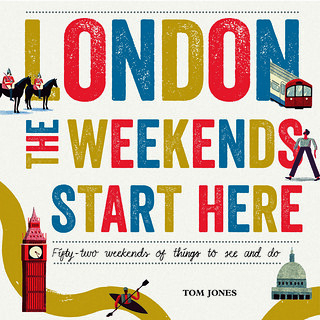
There is something magical about the experience, and getting a new perspective on the city, and from that high up the views across East and South East London are amazing, and it becomes clear why cycling up Shooters Hill always felt such a drag. Though queues were reasonably long, those with topped-up Oyster cards were able to join a shorter queue and on opening weekend wait for no longer than 10 minutes to participate, though it did strike your author that on a rainy tuesday in November 2013 the levels of footfall are going to make it all seem rather ridiculous.
For more, see http://www.emiratesairline.co.uk/





























